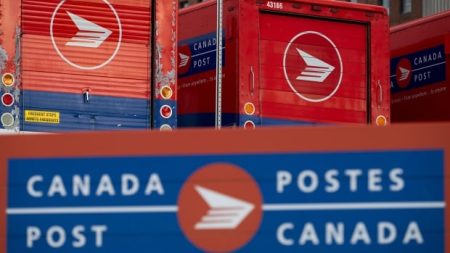A scientist has recognized the mysterious white blobs which have been washing up alongside the Newfoundland coast.
Canadian officers opened an investigation this autumn as photographs of the white substance went viral after being noticed alongside the shores of Placentia Bay, on Newfoundland’s south-east coast.
There was hypothesis on-line that the substance – in contrast by some to dough – might need been a fungus, mould, or wax.
However Memorial College chemistry professor Chris Kozak analysed the substance, and found it was artifical and a few kind of artificial rubber.
Prof Kozak ran a collection of assessments with graduate college students and dubbed the duty “Undertaking Unknown Glob”, Ontario Chronicle reported.
He finally discovered the blobs aren’t poisonous and are protected to deal with, although they do carry a “risky odour”.
He says the substance might be a butyl rubber PVA composite, mostly present in adhesives like glue and sure nail polish coatings.
It is nonetheless unclear the place the blobs originated. Prof Kozak advised CBC he reported his findings to the Canadian authorities, whose researchers have been conducting their very own assessments.
The BBC has contacted Prof Kozak for extra data.
In an announcement to the BBC on Friday, Atmosphere Canada mentioned it’s conscious of Prof Kozak’s work however “doesn’t share hypotheses on the identification or origins of a substance present process testing, neither is it ready to validate or substantiate the theories or findings of others”.
Stan Tobin, a resident of Ship Cove, a tiny village on the bay, advised the BBC the substance was nearly doughy – “like somebody had tried to bake bread and performed a awful job” – with an odour paying homage to vegetable oil.
He is since come throughout “a whole bunch and a whole bunch of globs – large globs, little globs”, with most about 6in (15cm) large, he mentioned.
Prof Kozak advised the Guardian newspaper “substantial amounts” of the substance is likely to be on the underside of the Atlantic Ocean, and it could possibly be mistaken by marine wildlife for meals.
Jessica Murphy contributed reporting.









